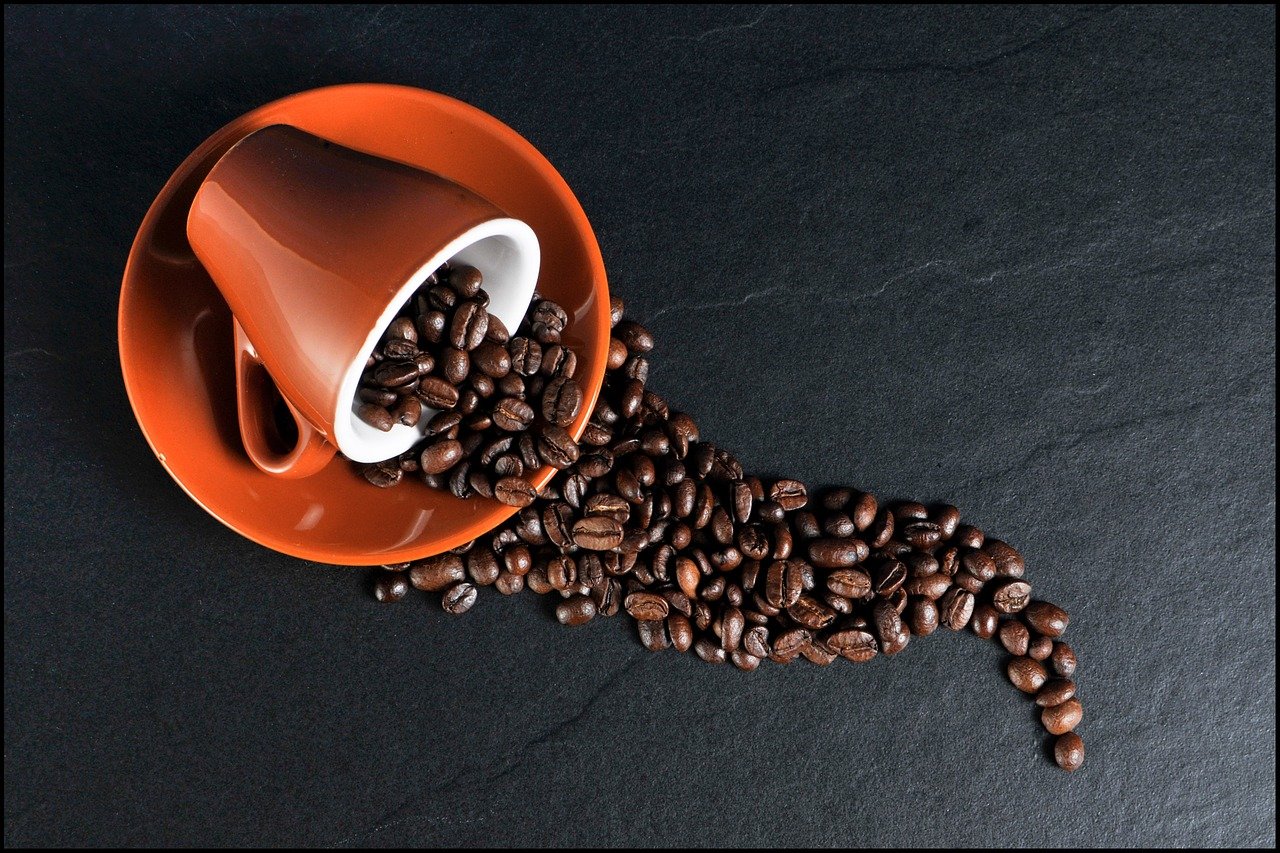For many of us, our day starts with the aromatic warmth of a fresh cup of coffee or the fizzy, tangy hit of an energy drink. As we step into the month of March, it’s not just the blooming flowers that catch our attention, but also an important celebration of something many of us rely on: Caffeine. It’s National Caffeine Awareness Month, and there’s no better time to dive deep into the world of coffee, caffeine, and the role they play in our lives.
What is Caffeine?
Caffeine is a potent stimulant that naturally occurs in various plant species, notably in the seeds, leaves, and nuts. This powerful substance is known for its ability to stimulate the central nervous system, keeping you awake, alert, and warding off the feeling of fatigue. Many of us consume this energizing compound predominantly in our morning coffee, but it can also be found in an array of other drinks and food items such as teas, sodas, chocolates, and, not to forget, energy drinks. Its power to lift our spirits and boost our energy levels makes caffeine a beloved part of our everyday lives.
Looking at Statistics
Caffeine consumption is a part of everyday life for many Americans. A remarkable 93% admit to consuming caffeine, with 75% doing so daily. Additionally, 25% partake three or more times a day. However, caffeine in coffee and other sources can be misunderstood, with 29% unsure of the safe daily amount. Waking up to a caffeine kick is popular, with 68% of coffee enthusiasts enjoying their first cup within an hour of rising. Indeed, a whopping 54% of adults aged 18 and above indulge in daily caffeine consumption. This demonstrates the ubiquitous role caffeine plays in our lives.
The Popularity of Coffee
For many, coffee is more than just a beverage; it’s a morning ritual, a companion during long work hours, and even a medium of social interaction. Originating from ancient Ethiopia, coffee has journeyed across continents, morphing in flavor profiles and brewing methods to suit diverse palates and cultures. Today, it stands as a universally cherished drink, with much of its popularity owed to the caffeine it packs. The caffeine in coffee is prized for its mood-enhancing, cognitive-boosting, and endurance-building effects. This aromatic brew effectively delivers caffeine into our systems, sparking our mornings with vivacity or revitalizing our afternoons when energy slumps. Yet, it’s not just about the caffeine boost. The ritualistic preparation of brewing, the rich aroma wafting from a steaming cup, and the warm, robust flavors create a holistic experience that continues to keep coffee at the top of the world’s preferred caffeinated beverages.
Energy Drinks – A New Age Caffeine Source

In contrast to the traditional allure of coffee, energy drinks have emerged as a popular alternative in the contemporary caffeinated landscape. These vibrant, fizzy concoctions are often laced with caffeine, a variety of vitamins, and other additives intended to invigorate your energy, sharpen your mental clarity, and bolster your physical performance. Energy drinks have gained a dedicated following, especially among younger demographics, thanks to their dynamic packaging, compelling advertising narratives, and the allure of instant vitality. However, it’s crucial to note that the caffeine concentration in these beverages can greatly differ, often exceeding that found in a typical cup of coffee and, in some instances, surpassing what is generally considered a safe intake.
The rise in energy drink consumption is partly due to a move away from sugary sodas. “All of them are zero sugar or zero calories,” stated Jim Watson, a Rabobank beverage analyst. “They’re going for the healthy image.” However, Julie Creswell, a New York-based reporter who covered various sectors, highlights the increasing caffeine levels in these drinks in an article titled “Energy Drinks Are Surging. So Are Their Caffeine Levels,” printed on June 9, 2023. She warned about this trend and urged consumers to remain informed about what they’re drinking.
Source: Prime Energy has 200 milligrams of caffeine in each 12-ounce can
The Effects of Too Much Caffeine
Despite the positive effects of caffeine, like enhancing mood and increasing alertness, overconsumption can lead to undesirable side effects. Overdosing on this stimulant can trigger symptoms like jitteriness, an increased heart rate, stomach discomfort, and difficulty sleeping. More severe complications may include elevated blood pressure and potential addiction. There have been cases where an extremely high intake has led to more serious health issues. A safe caffeine threshold is generally considered to be 400mg per day for healthy adults, roughly the equivalent to four cups of coffee. However, individual tolerance to caffeine varies, and some may experience side effects even with lower amounts. As we navigate through Caffeine Awareness Month, it’s essential to keep these considerations in mind.
Celebrating Caffeine Awareness Month Responsibly
As we honor Caffeine Awareness Month, we recognize the significance of consuming caffeine prudently. The goal of this observance isn’t to discourage our cherished caffeine-infused beverages, but to enhance awareness of caffeine’s impact on our health and wellness. It provides a platform for reassessing our caffeine habits and making any necessary modifications to maintain a wholesome lifestyle.
For all coffee aficionados, energy drink fans, or anyone interested in understanding more about caffeine, let’s use this month to broaden our knowledge about how caffeine affects us and how we can consume it responsibly. As with most aspects of life, the key to fully appreciating the benefits of caffeine is balance.
So, let’s toast to responsibly enjoying our favorite caffeinated drinks and increasing our understanding during Caffeine Awareness Month. After all, it’s not just about the energy boost, but also about appreciating the flavors and respecting our health.

